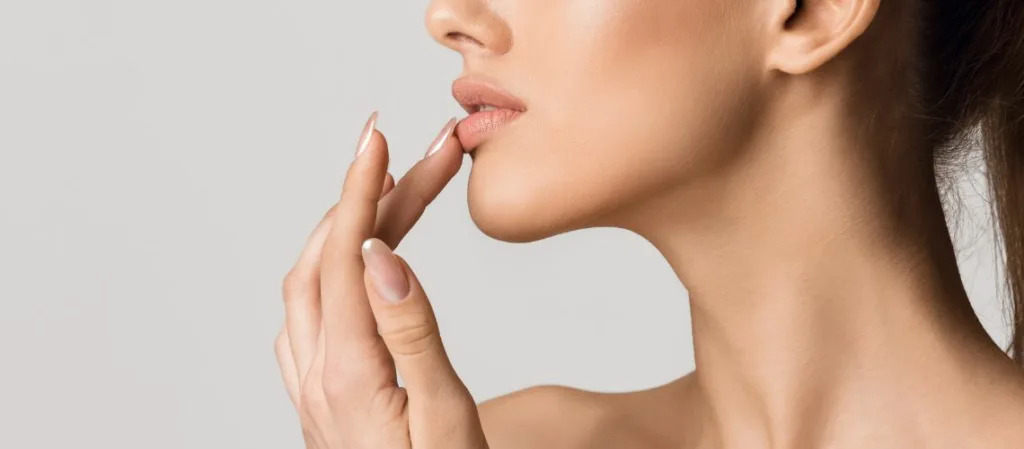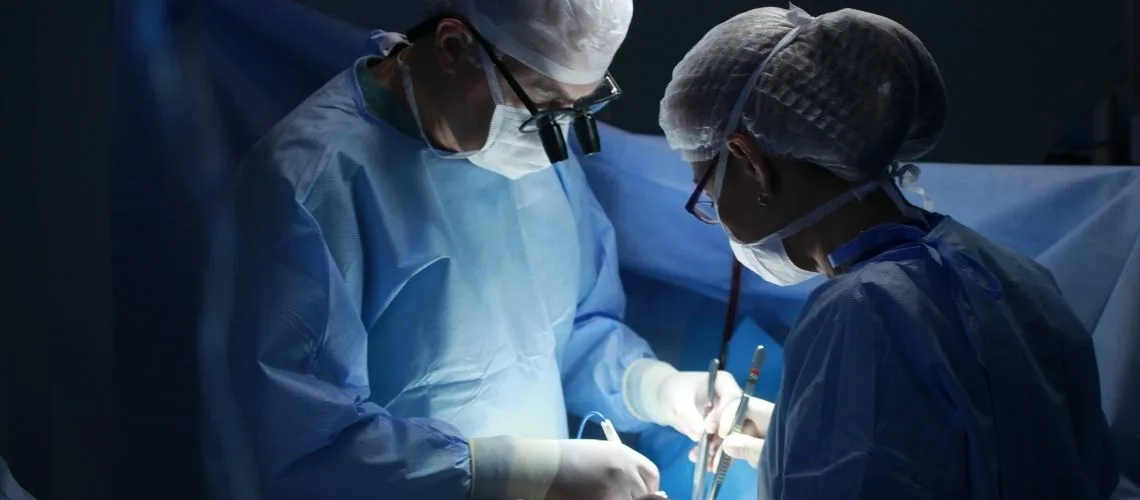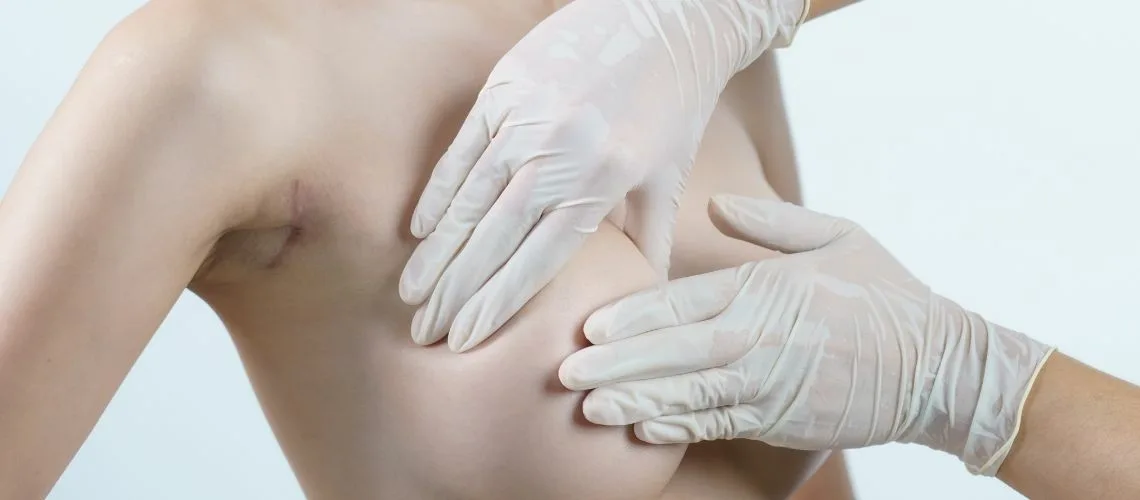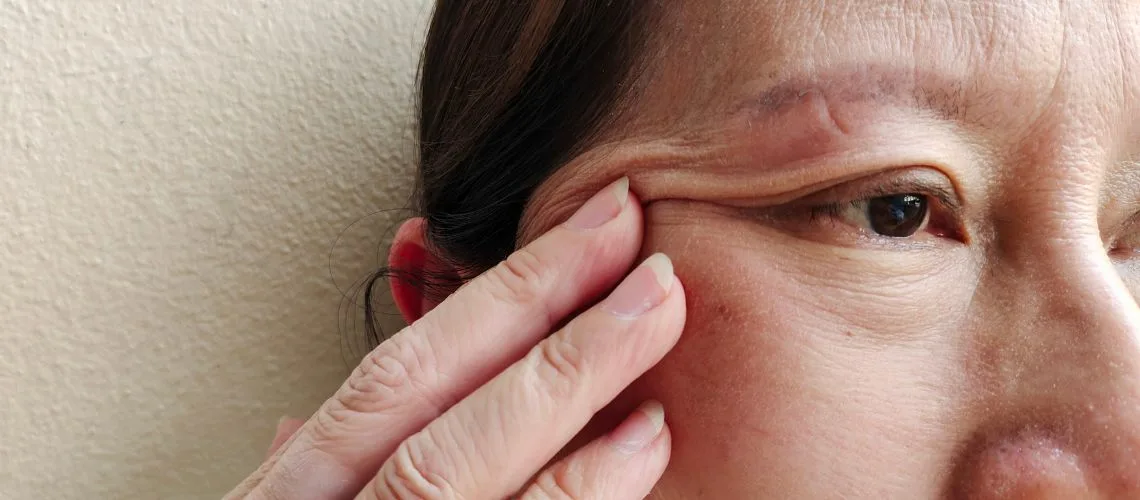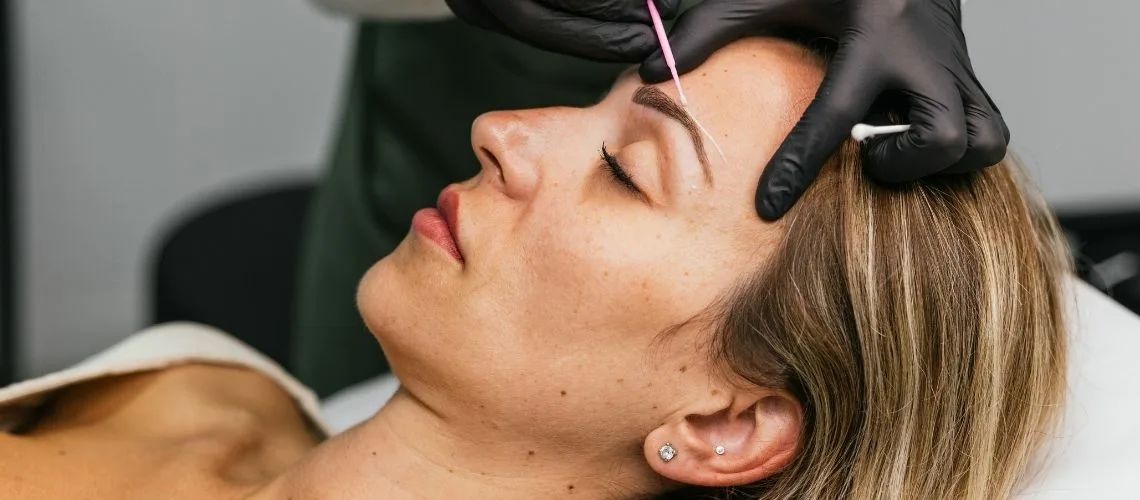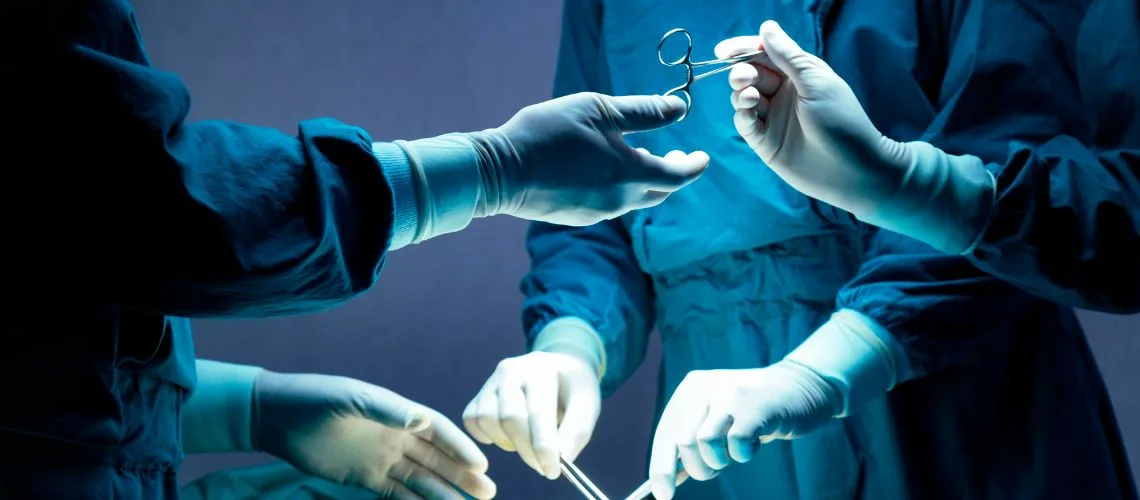Lip asymmetry can be corrected through both surgical and non-surgical methods. Dermal fillers, fat injections, or surgical lip lift techniques are commonly used to restore balance and achieve a more symmetrical facial appearance.
Non-surgical treatments for lip asymmetry, such as hyaluronic acid fillers, provide immediate results with minimal downtime. These procedures are preferred when correction involves volume enhancement rather than structural changes.
Surgical solutions for lip asymmetry include lip lifts, reductions, or corrective scar revisions. These techniques are chosen when structural deformities, congenital differences, or trauma-related asymmetries are present.
Long-term outcomes of lip asymmetry correction depend on the chosen method. While fillers require maintenance sessions, surgical options provide permanent results, ensuring natural harmony with overall facial aesthetics.
| What Is Lip Asymmetry? | It is a condition in which the lips are not symmetrical in terms of shape, volume, or position. It can lead to aesthetic or functional issues. |
| Causes | – Congenital Factors: Genetic traits or conditions such as cleft lip.
– Trauma: Injuries to the lips or surrounding areas. – Surgical Outcomes: Effects of previous operations. – Aging: Decreased skin elasticity and muscle imbalance. – Nerve Damage: Conditions like paralysis. |
| Treatment Methods | – Filler Applications: Lip symmetry can be achieved using hyaluronic acid fillers.
– Botox: Can be used to correct muscle imbalances. – Surgical Intervention: Preferred in cases of permanent asymmetry. – Oral Exercises: Can help in mild nerve-related issues. |
| Benefits of Treatment | A more aesthetic appearance, harmony with the overall facial symmetry, increased self-confidence. |
| Risks and Side Effects | Swelling, redness, bruising, infection, temporary or permanent asymmetry. |
| Treatment Duration | Filler or Botox procedures generally take 15-30 minutes. Surgical interventions may take 1-2 hours. |
| Preventive Measures | – Avoiding trauma.
– Regularly exercising the muscles around the lips. – Planning treatment with the right specialist. |
What Causes Lip Asymmetry?
Lip asymmetry can arise for a variety of reasons. Both congenital factors and environmental influences can contribute to this condition. Below are the main causes that may lead to lip asymmetry:
- Genetic factors
- Developmental disorders
- Nerve injuries
- Facial traumas
- Dental alignment issues
- Signs of aging
- Poor lifestyle habits
- Health problems
Lip asymmetry can affect an individual’s aesthetic appearance and, in some cases, make speaking or chewing more difficult. Conditions that affect the facial nerves or muscles may particularly limit lip movements. A specialist evaluation is essential for treatment.
When Should You Consider Surgical Correction for Lip Asymmetry?
Surgical intervention may be necessary when lip asymmetry causes significant aesthetic or functional problems. Surgical correction is chosen in cases that seriously affect speech, chewing, or the harmony of facial contours.
Functional Difficulties:
- Difficulty speaking
- Trouble chewing
- Problems with closing the mouth
Aesthetic Concerns:
- Pronounced facial asymmetry
- Desire for a symmetrical and balanced appearance
Congenital Conditions:
- Cleft lip
- Ascher syndrome
Trauma and Developmental Anomalies:
- Asymmetry following injury
- Hemifacial microsomia
When planning a surgical intervention, the patient’s individual needs, overall health status, and aesthetic goals are taken into account. Comprehensive evaluations by a specialized team make the treatment process more effective and safer.
Which Surgical Procedures Are Available to Correct Lip Asymmetry?
Lip asymmetry can be corrected using various surgical techniques. The chosen procedures depend on the patient’s needs, and each method offers different advantages. Here are some of the surgical methods used for this purpose:
Cheiloplasty (Lip Aesthetic Surgery):
- Bullhorn Lip Lift
- Corner of the Mouth Lift
- V-Y Plasty
- Paris Lip Technique
- Kesselring Technique
- Lip Reduction Surgery:
- Removal of excess tissue
- Making an incision on the inside of the lip
Lipofilling (Fat Transfer):
- Injecting fat taken from the body into the lips
- Botulinum Toxin Injections:
- Relaxing overactive muscles
Lip Lift Procedures:
- Subnasal Bullhorn Lip Lift
- Corner of the Mouth Lift
These procedures can eliminate lip asymmetry and bring more balance to the facial contours. Each surgical method is designed not only to improve the aesthetic appearance but also to preserve the individual’s natural expressions. The treatment plan is determined by considering the patient’s aesthetic goals, lip structure, and facial proportions.
How Is Cheiloplasty Performed to Correct Lip Asymmetry?
Cheiloplasty to correct lip asymmetry is applied using different techniques tailored to the individual. The choice of method depends on the type and severity of the lip asymmetry. Surgical procedures that shape, balance, and harmonize lip tissue with the facial contours are preferred to achieve an aesthetic look. Below are some of these techniques:
V-Y Advancement Technique:
- Preferred in cases of vertical deficiency and loss of fullness.
- A V-shaped incision is made on the lip, advanced forward, and closed as a Y.
Z-Plasty:
- Used to remove scar tissue.
- Two triangular flaps are created in a Z shape, and their directions are swapped.
Wedge Excision:
- Used for removing excess tissue.
- A V-shaped tissue is excised, and the remaining edges are sutured together.
Bullhorn Lip Lift:
- Shortens the distance between the nose and the upper lip.
- An incision is made under the nose, and the tissue is sutured upward.
Corner of the Mouth Lift:
- Applied when the corners of the mouth droop downward.
- A small triangular piece of tissue is excised, and the corner is lifted upward.
During cheiloplasty, not only are superficial corrections made, but muscles and tissues can also be realigned. For instance, properly aligning the orbicularis oris muscle improves both lip function and aesthetics. Irregularities in the vermillion border are also corrected, increasing the clarity of the lip line. Such procedures help the lips achieve a more youthful and symmetrical appearance.
In the postoperative period, minimizing scarring and speeding up recovery are crucial. Regular follow-up, the use of silicone-based products, and proper hygiene measures help prevent potential complications.
What Are the Risks and Benefits of Surgical Correction for Lip Asymmetry?
Lip asymmetry can lead to both aesthetic and functional issues, and surgical interventions offer an effective solution to correct this condition. There are notable benefits as well as some risks associated with the procedure.
Benefits:
- More balanced facial contours
- Long-lasting results
- Improvement in speech and eating functions
- Increased self-confidence
Surgical interventions not only correct the aesthetic appearance of the lips but also have a positive impact on an individual’s social and emotional life. Compared to temporary applications, providing a long-term solution is a significant advantage.
Risks:
- Visible scars
- Risk of infection
- Formation of new asymmetry
- Temporary or permanent loss of sensation
- Unexpected outcomes
As with any surgical procedure, there are certain risks involved in lip correction operations. Choosing an experienced surgeon and complying with the recovery process can minimize these risks.
Before making a decision to undergo surgery, it is crucial to create a plan that fits the individual’s needs. Factors such as the patient’s medical history, skin structure, and overall health status play a key role in the success of the procedure.
What Is the Recovery Process Like After Lip Asymmetry Surgery?
The recovery process after lip asymmetry surgery occurs in several stages, and there are important points to pay attention to during each phase. Adhering to the doctor’s advice is essential for a healthy recovery:
- Swelling and bruising increase during the first few days.
- Applying cold compresses is recommended.
- Mild pain is controlled with prescribed pain medications.
- Rest is important, and heavy activities should be avoided.
Throughout the first week, sutures should be regularly checked and cared for. Soft foods are recommended, avoiding hard or acidic items. If sutures are not self-dissolving, they are removed under medical supervision. Paying attention to oral hygiene and using products recommended by the doctor are crucial:
- Sutures are checked by the doctor.
- Choose soft, non-irritating foods.
- Be mindful of oral hygiene.
By the second week of healing, swelling and bruising start to subside. Light physical activities may be resumed, but strenuous exercise should be avoided. Doctor-recommended creams or methods can be used to care for incision scars:
- Swelling diminishes.
- Light activities can be done.
- Start massaging the scar areas.
In the long term, the lips fully heal and the final results of the surgery become apparent. Temporary numbness or sensory changes may occur in the lips. It is important to avoid smoking and alcohol during this period, as they can negatively affect the recovery process:
- Final results are seen around 6 months.
- Numbness subsides over time.
- Smoking and alcohol slow down healing.
Protecting yourself from sunlight by using sunscreen or wearing a hat is also beneficial during the recovery period.
References
- Pearson, D. C., & Pearson, T. J. (1999). Symmetry analysis of the face: A review. Aesthetic Plastic Surgery, 23(1), 19-24.
- Neumann, M., & Rosenberger, J. L. (2017). Lip augmentation and correction of lip asymmetry using hyaluronic acid fillers. Journal of Cosmetic Dermatology, 16(1), 43-50.
- Wang, M. Y., Fabi, S. G., & Goldman, M. P. (2016). Anatomy and techniques for treating lip asymmetry. Dermatologic Surgery, 42(Suppl 1), S106-S113.
- Hartmann, D. (2013). The surgical correction of cleft lip asymmetry. Seminars in Plastic Surgery, 27(3), 134-140.
Frequently Asked Questions
What causes lip asymmetry?
Lip asymmetry may result from congenital anatomical differences, trauma, poorly performed filler procedures, or age-related volume loss. Sometimes dental structure also plays a role.
Can lip asymmetry be corrected with fillers?
Yes, lip fillers can balance lip volume and correct asymmetry. With proper technique and product choice, a natural result can be achieved. The effect usually lasts 9-12 months.
How is lip asymmetry corrected surgically?
Surgical lip reshaping or tissue removal can provide a permanent correction. Surgery is often preferred for congenital or more severe asymmetries.
Can lip asymmetry be related to teeth and jaw structure?
Yes, in some cases bite problems or jaw asymmetry affect the appearance of the lips. In such cases, orthodontic treatment can be combined with lip aesthetics.
Can lip asymmetry be corrected with Botox?
Botox can correct minor asymmetries by balancing the surrounding lip muscles. It is particularly effective for muscle-related differences that appear when smiling.
Can lip asymmetry be corrected permanently?
Permanent correction is usually possible with surgery. While fillers and Botox offer temporary solutions, surgery provides long-term results for permanent asymmetries.
Which treatment method is most suitable for lip asymmetry?
Treatment choice depends on the cause and severity of asymmetry. Mild cases can often be treated with fillers or Botox, while severe asymmetries may require surgery.
What is the recovery time after lip asymmetry treatment?
Recovery after fillers or Botox usually takes a few days. After surgery, swelling and bruising may last 1-2 weeks, with complete healing taking a few months.
Are lip asymmetry correction procedures painful?
Fillers and Botox are almost painless thanks to topical anesthetic creams. Surgical procedures are performed under anesthesia, and mild pain afterward can be managed with medication.
Can lip asymmetry cause psychological issues besides aesthetics?
Yes, lip asymmetry can lead to loss of self-confidence, social withdrawal, and aesthetic concerns. Successful treatment improves both appearance and psychological well-being.
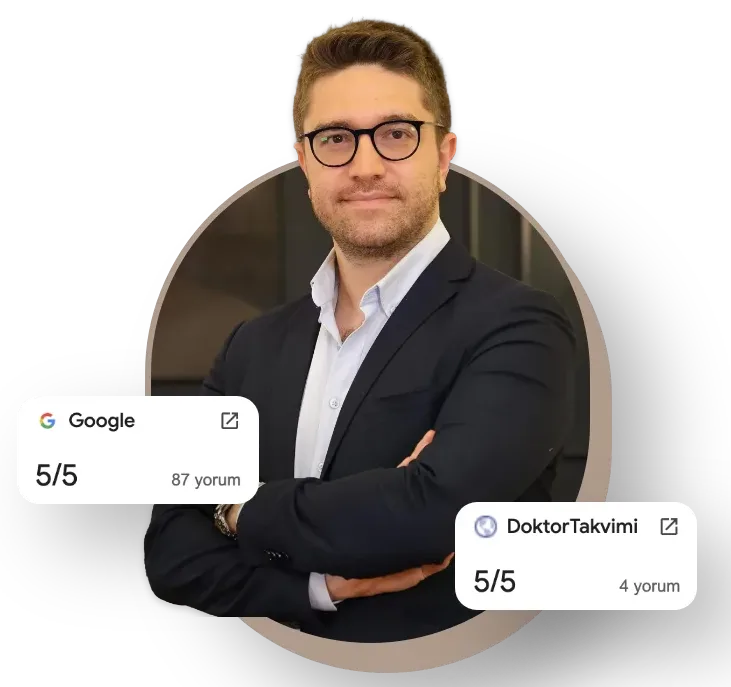
Op. Dr. Erman Ak is an internationally experienced specialist known for facial, breast, and body contouring surgeries in the field of aesthetic surgery. With his natural result–oriented surgical philosophy, modern techniques, and artistic vision, he is among the leading names in aesthetic surgery in Türkiye. A graduate of Hacettepe University Faculty of Medicine, Dr. Ak completed his residency at the Istanbul University Çapa Faculty of Medicine, Department of Plastic, Reconstructive and Aesthetic Surgery.
During his training, he received advanced microsurgery education from Prof. Dr. Fu Chan Wei at the Taiwan Chang Gung Memorial Hospital and was awarded the European Aesthetic Plastic Surgery Qualification by the European Board of Plastic Surgery (EBOPRAS). He also conducted advanced studies on facial and breast aesthetics as an ISAPS fellow at the Villa Bella Clinic (Italy) with Prof. Dr. Giovanni and Chiara Botti.
Op. Dr. Erman Ak approaches aesthetic surgery as a personalized art, tailoring each patient’s treatment according to facial proportions, skin structure, and natural aesthetic harmony. His expertise includes deep-plane face and neck lift, lip lift, buccal fat removal (bichectomy), breast augmentation and lifting, abdominoplasty, liposuction, BBL, and mommy makeover. He currently provides safe, natural, and holistic aesthetic treatments using modern techniques in his private clinic in Istanbul.

